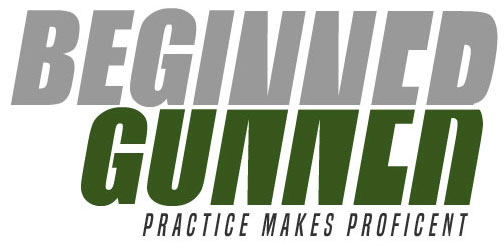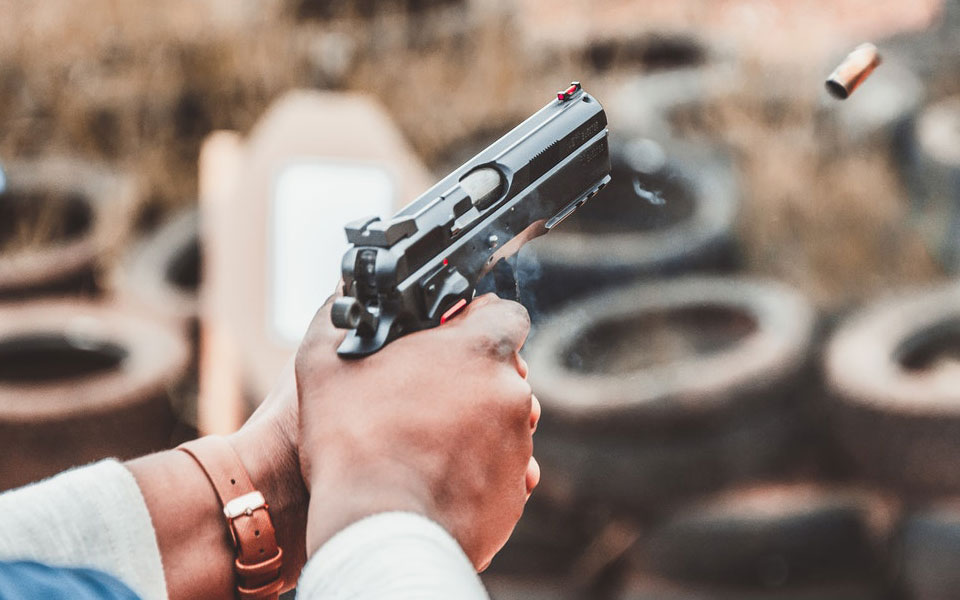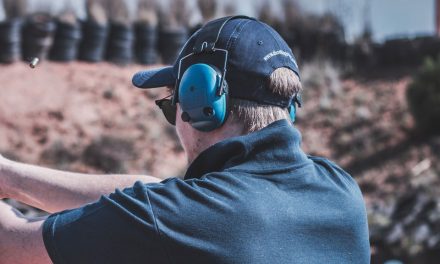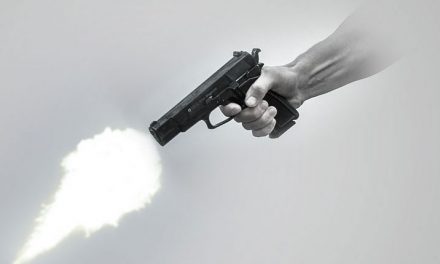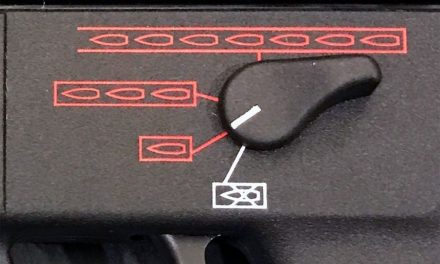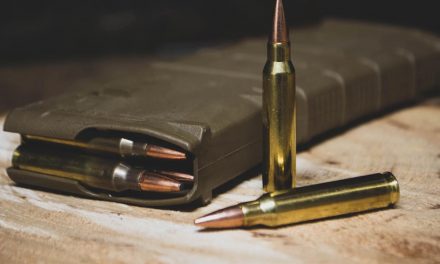I’m sure you have noticed that guns fly upwards after you shoot them. Even if you have never used firearms, you might have seen them in a show or movie where they are recoiling up. Another phrase for this is called mussle rise. You might wonder why do guns recoil up or have mussle rise?
It’s actually quite simple. It’s all about physics. Remember in school when the teacher talked about Sir Isaac Newton and his third law motion?
Every action has an equal opposite reaction.
There is a lot force or energy that is created when a shot is fired. The explosion from the bullet creates this energy or action that makes it accelerate far and fast. With this comes an opposite reaction – the recoil.
Table of Contents
Handgun Recoil
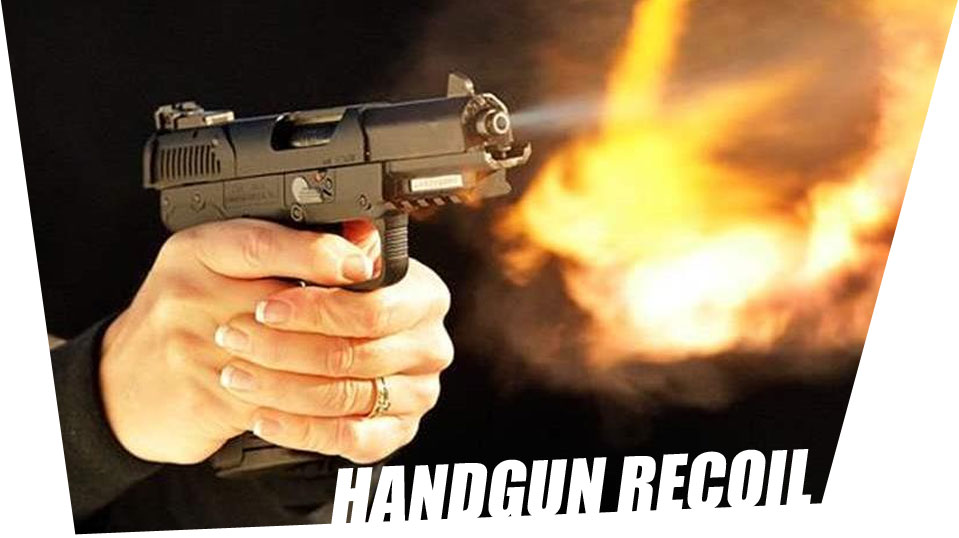
There are many ways guns, especially handguns, can manage recoil but usually it’s still not enough to absolve all of it so that is why you see them fly up when shot. Blowback and recoil operated handguns both rely on the handgun recoil to some degree to operate their semi-automatic action properly. Blowback action pistols uses the gases from the explosion of the bullet to push the casing back which in turn pushes the slide back to eject the case. Recoil operated handguns or Short recoil operation is where the barrel moves back with the slide when fired just enough to give the slide just enough energy to push it far enough to eject the casing.
Most modern day handgun designs incorporate short recoil operation as the more effective semi-automation function.
With recoil being a thing, it is natural to wonder why they recoil up. It has to do where you are holding the gun. The grip of your handgun is slightly below of where the action of the handgun is. So when you fire, the recoil will push back and where you are holding the gun will naturally be the point of where the recoil would create enough movement to rotate your and or wrist upwards. If the barrel or action was right in front of your hand instead of on top, there would be no mussel rise. The recoil would only push back instead of rising upwards. If the grip happened to be on the top of the gun, the gun mussel would recoil downwards. These are just the laws of physics.
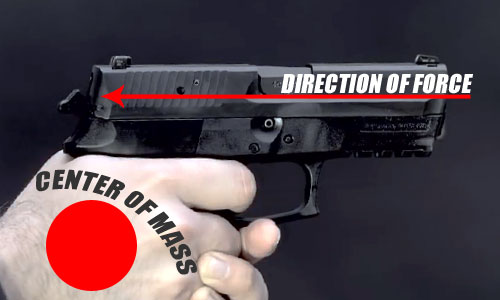
With the action of the firearm happening at the top of the gun, all the force happens here too. Your grip is also the center of mass. This is where the pressure generally stops.
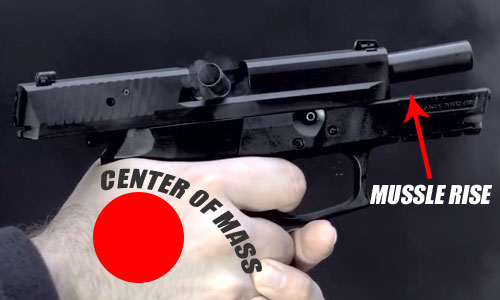
The power of the shot provides enough recoil to generate energy which cycles the weapon with a new round. This also leads the energy to push back above the hand causing your wrist to snap back causing mussle climb.
Long Gun Recoil
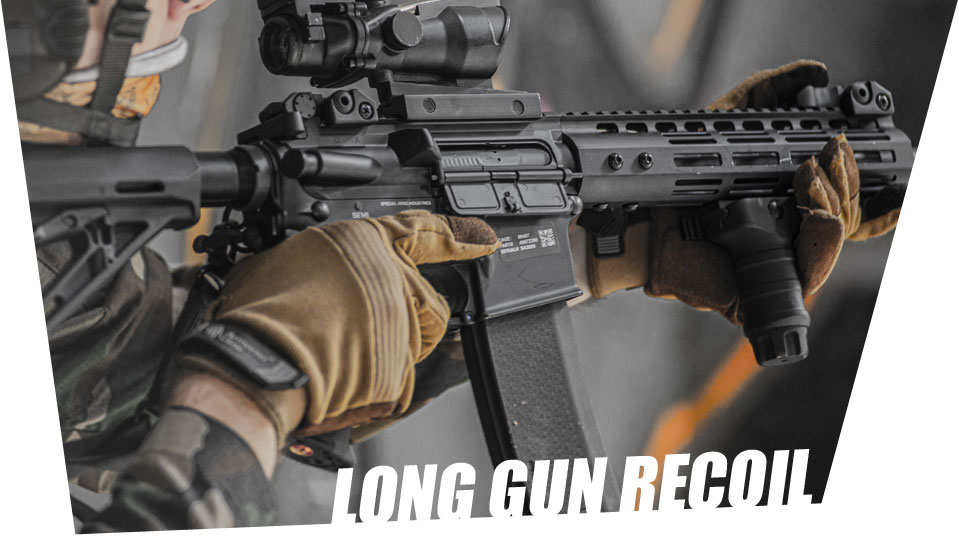
With long guns, recoil still exists but usually its effects are much less depending upon the firearm. Generally, long guns are have a lot more mass than handguns.
Because they have more mass, they can absorb a lot more of the recoil.
The mass of the long gun is a key factor. This is one of the reasons why rifles are the preferred combat weapon. Many long guns are designed in a way so you are holding the grip more in line with the barrel so the effects of the recoil are less prominent thus limiting mussle climb. You can see this done in various shotguns and marksmen/sniper rifles.
Another way long guns minimize recoil is with a stock. Gun stocks are designed to use your body as a buffer to reduce recoil as you fire. Using a stock generally will reduce the majority of your recoil. Because long guns use a larger caliber round than most handguns, its almost a requirement to use a stock to reduce the recoil of a higher caliber bullet.
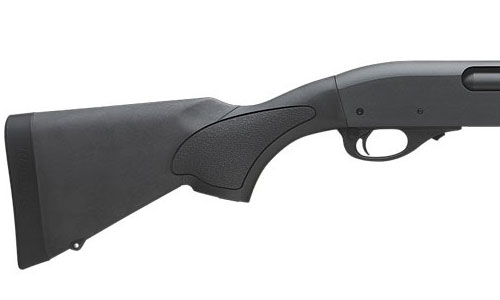
This is the standard grip for a Remington 870 shotgun. Notice that the grip is high on the trigger. It might be a bit awkward to hold but will minimize mussle rise. The stock is also standard here. These two features will help greatly with handling recoil.
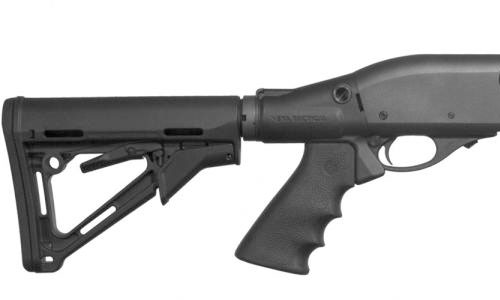
This version of the Remington 870 is a more tactical customized version. The pistol grip might have more mussle climb but allow more control while firing. The adjustable stock can be catered to your comfort level and shooting stance.
Overview
The rise in guns when fired has to do with physics. It’s all physics. If the force of the recoil is above the point of where you are holding it, it will rise up. If the point of where you are holding is even with the force of the recoil, guns recoil straight back. If the point of where you are holding the gun is above the force of the recoil, guns recoil downwards.
That pretty much sums everything up. You will learn more about recoil and how different guns will react once you try them out. Get to the range and work on minimizing recoil. This is a great way to become a better shooter.
If you need to learn how to how to shoot certain guns, feel free to check our Beginner Basics section.
You can minimize recoil and mussle rise the best if you practice. Remember, Practice Makes Proficient.
